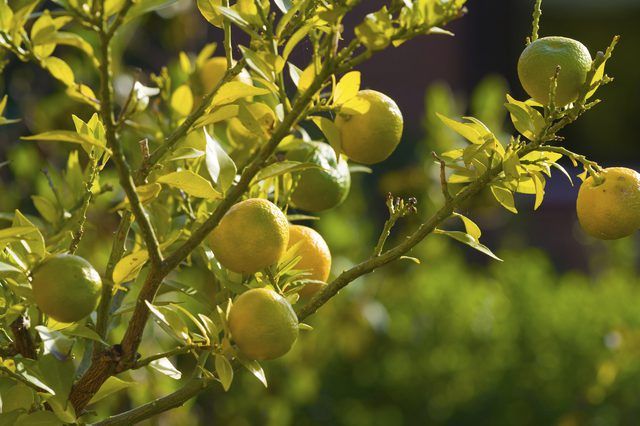Bulbs
Flower Basics
Flower Beds & Specialty Gardens
Flower Garden
Garden Furniture
Garden Gnomes
Garden Seeds
Garden Sheds
Garden Statues
Garden Tools & Supplies
Gardening Basics
Green & Organic
Groundcovers & Vines
Growing Annuals
Growing Basil
Growing Beans
Growing Berries
Growing Blueberries
Growing Cactus
Growing Corn
Growing Cotton
Growing Edibles
Growing Flowers
Growing Garlic
Growing Grapes
Growing Grass
Growing Herbs
Growing Jasmine
Growing Mint
Growing Mushrooms
Orchids
Growing Peanuts
Growing Perennials
Growing Plants
Growing Rosemary
Growing Roses
Growing Strawberries
Growing Sunflowers
Growing Thyme
Growing Tomatoes
Growing Tulips
Growing Vegetables
Herb Basics
Herb Garden
Indoor Growing
Landscaping Basics
Landscaping Patios
Landscaping Plants
Landscaping Shrubs
Landscaping Trees
Landscaping Walks & Pathways
Lawn Basics
Lawn Maintenance
Lawn Mowers
Lawn Ornaments
Lawn Planting
Lawn Tools
Outdoor Growing
Overall Landscape Planning
Pests, Weeds & Problems
Plant Basics
Rock Garden
Rose Garden
Shrubs
Soil
Specialty Gardens
Trees
Vegetable Garden
Yard Maintenance
How to Prune Lemon Trees
How to Prune Lemon Trees. Lemon trees (*Citrus limon*) are popular and prolific. The fragrance of fresh lemon blossoms and fruits are bonuses for any garden. Lemon trees are hardy in U.S. Department of Agriculture plant hardiness zones 8 through 10, depending on the variety. Although lemon trees require less pruning than deciduous trees, pruning...

Lemon trees (Citrus limon) are popular and prolific. The fragrance of fresh lemon blossoms and fruits are bonuses for any garden. Lemon trees are hardy in U.S. Department of Agriculture plant hardiness zones 8 through 10, depending on the variety. Although lemon trees require less pruning than deciduous trees, pruning them every few years increases their fruit quality. Pruning also aids in keeping the trees healthy.
The Ideal Time to Prune
The best time to prune your lemon trees is directly related to the climate and temperature of your location. If you live in a very hot climate, such as the Arizona desert, then prune between February and April. Pruning where temperatures are more moderate should be done in late February or March.
Prune the trees before they bloom because they will lose fewer fruits. Pruning during spring allows the trees to generate foliage that will shade new branches within the canopy before the tree is subjected to summer sunlight.
What to Look for When Pruning
Lemon trees that are lightly pruned produce more fruits than trees heavily pruned. Pruning the canopies also reduces the chances of insect infestation because it allows more air and sunlight to circulate through the leaves, keeping the trees healthy.
When you begin pruning, look for thin, green and leafy sprigs growing on the trunk and branches. Those sprigs are called sprouts or suckers. Prune them off the trunk and large limbs. Also remove dead and damaged small branches. Remove all branches that crisscross, rubbing against each other. Saw off small branches that are bent because they may be too weak to handle the weight of the fruit. Prune low-hanging branches near the bottom of the trunk. This is process is known as "skirting."
If a branch is diseased, then either remove all of the branch or cut it back to healthy wood, which is the color of a manila folder. Dark wood that is visible at a cut means diseased wood is still in the tree.
Pruning Techniques to Follow
Because lemon trees have thin bark, careful cutting is important. Ensure your pruning tools are sharp so the cuts are clean. Be particularly careful to make clean cuts in branches attached to a trunk. Leave about a 2-inch-long stump for such a branch to preserve the branch collar, which is where the branch attaches to the trunk. The branch collar is a ridge and has wrinkled bark. Leaving a 2-inch-long stump allows the branch to heal and grow over the pruning cut.
Make each cut at an angle so the remaining wood points somewhat skyward.
Disinfect your pruning tools before each cut so you don't transfer disease from one branch to another or from one tree to another; also disinfect the tools after you finish pruning. Various sanitizing sprays can be used, such as 70 percent isopropyl alcohol, chlorine bleach and household disinfectants.
Which Pruning Equipment to Use
Wear eye protection when pruning your lemon trees. The choice of which pruning tool to use depends on the size of the branches. Hand pruners work best on branches under 1 inch in diameter. Hand pruners with a curved blade help prevent tearing or crushing of branches. Use lopping shears for branches up to 2 inches in diameter.
Use a pruning saw for branches 2 to 4 inches in diameter, moving the tool back and forth across one branch at a time. Use a chain saw only on a branch larger than 4 inches in diameter. Use caution when operating the chain saw, and never use the saw above shoulder height. Avoid the need to use a chain saw by pruning when branches are small. Cut high branches with a pole pruner, some of which can cut branches up to 1 1/2 inches in diameter.